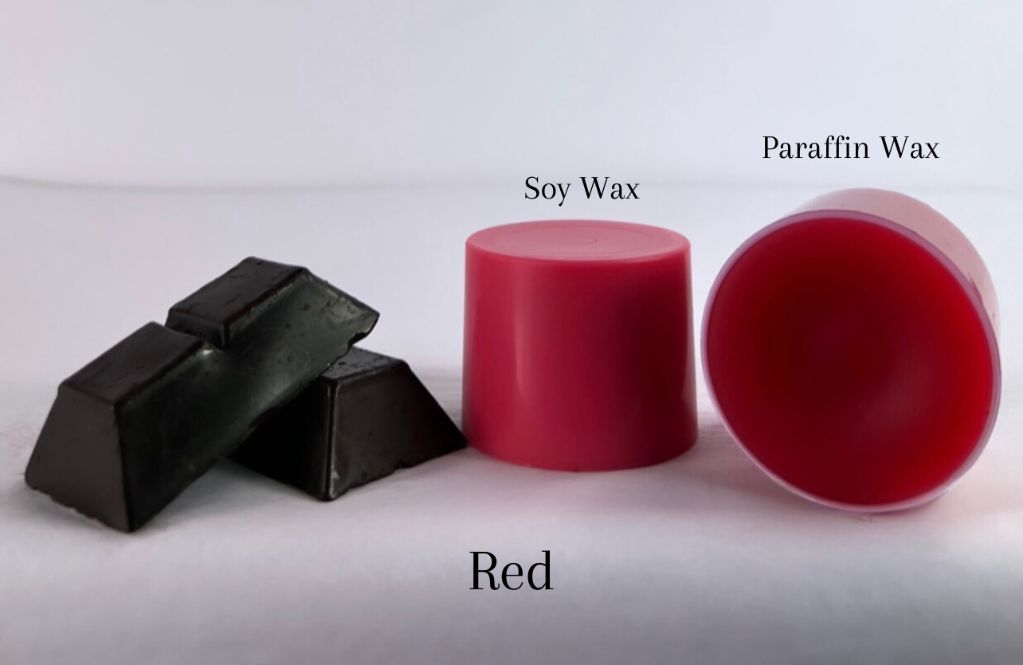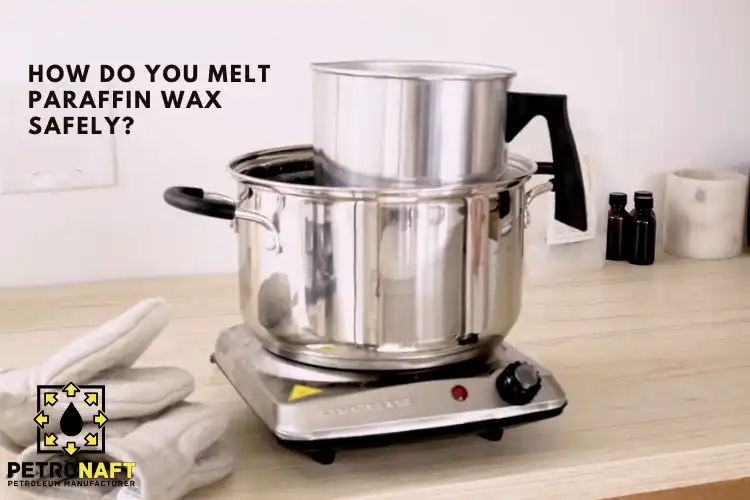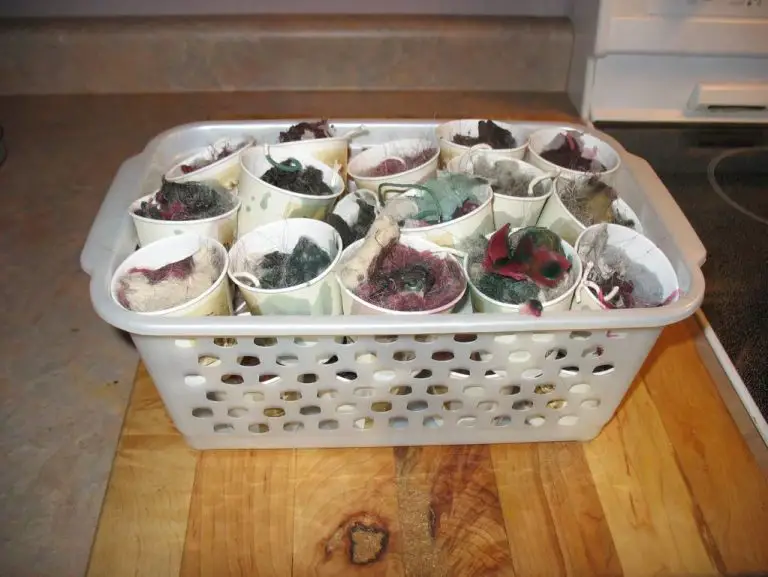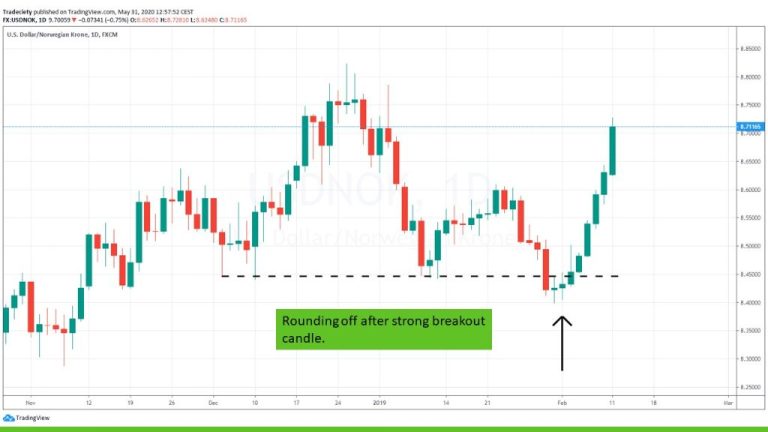What Does Wax Do In A Candle?
Candlemaking is an ancient craft that dates back thousands of years. The main component of candles is wax, which serves several important functions. Wax allows candles to burn in a controlled, even manner. It gives candles their shape and structure. Wax also allows candles to hold fragrance and color. Over the centuries, different types of waxes have been used in candlemaking, from animal fats to beeswax to paraffin. The key role of wax is to act as a fuel source for the candle flame. As the wax melts, it is drawn up the wick where it vaporizes and combusts. This controlled burning process is what gives candles their unique functionality as a source of light and ambiance. Without wax, candles would not be able to burn or take shape. The unique properties of wax make candlemaking possible and have allowed candles to remain an important part of human civilization for thousands of years.
What is Candle Wax?
Candle wax is a key ingredient that gives structure, shape, and fuel to candles. The most common types of wax used in candle making are paraffin, soy, beeswax, and palm wax.
Paraffin wax is a petroleum-based wax made from refining crude oil. It is the most widely used candle wax due to its low cost and ability to hold fragrance. Paraffin wax has a high melting point which allows it to retain its shape as a stable solid at room temperature. Some concerns with paraffin wax are that it can produce more soot when burned and is not from a renewable resource.[1]

Soy wax is made from hydrogenated soybean oil. It is gaining popularity as a renewable and clean-burning natural wax. Soy wax blends well with essential oils and fragrances. The drawbacks are its lower melting point compared to paraffin, making it less stable in warmer environments.
Beeswax is a natural wax made by honey bees. It has a pleasant natural honey aroma when burned. Beeswax is biodegradable and renewable but more expensive than other waxes. It can also burn faster than other waxes.
Palm wax comes from the fruit of palm trees. It is naturally hard, burns cleanly, and holds scent well. However, harvesting practices for palm oil have raised environmental concerns regarding sustainability.
Purpose of Wax
The wax used in candles serves two primary purposes. First, it provides the fuel for the candle flame. As the wax melts from the heat of the flame, it is drawn up the wick through capillary action. The wax vaporizes at the flame and undergoes combustion, releasing heat and light energy. Without wax, there would be no fuel to sustain the candle’s flame.
Second, the wax holds the wick upright in the proper position for burning. The wax surrounds the wick and forms a rigid structure to keep the wick extended upward as the candle burns. The wax matrix gives shape to the candle and embeds the wick so it stands at attention. If not for the support of the wax, the wick would simply fall over and could not deliver fuel to the flame.
Source for candle wax being fuel for the flame and holding the wick upright.
Wax Allows Controlled Burning
The main purpose of wax in a candle is to allow controlled burning. Different types of wax melt at different but consistent temperatures. When the candle is lit, the flame heats the wax surrounding the wick. As the wax melts from a solid to a liquid state, the wick absorbs the liquid wax via capillary action. This creates a continuous fuel supply for the flame. The wax continues melting at a steady rate as the candle burns down. Because wax melts at a predictable temperature, it enables a candle to burn in a controlled manner.1
Wax Gives Candles Shape
Wax is crucial for giving candles their distinctive shapes and sizes.
Candle wax can be molded into an endless variety of forms when warm and pliable. From slender tapers to carved pillars, wax enables candles to be crafted into unique shapes and dimensions.
Pillar candles, a common candle variety, come in squared, rounded, or faceted forms thanks to the malleable nature of wax. Decorative shapes like stars, hearts, geometric designs, and even objects like fruit are all possible with wax.
Beeswax and paraffin wax, two primary candlemaking waxes, can be poured into molds while hot and liquid. As the wax cools and hardens, it retains the shape of the mold.
Wax also allows for dimensional designs like fluting on pillars and bold textures on votives. Without wax, none of these distinctive candle shapes would be achievable.
From tall tapers to squat votives, wax is the key to candles’ diverse forms and sizes.
Wax Provides Fragrance
One of the main purposes of candle wax is to absorb and release fragrance oils. The wax acts as a fragrance carrier, absorbing the scent oils and then slowly releasing the aroma into the air as the candle burns. The type of wax and its ability to hold fragrance varies. For example, paraffin wax doesn’t absorb fragrances as well as natural waxes like soy, palm, or beeswax. The wax formulation also impacts scent throw. Harder waxes release fragrance more slowly while softer waxes release fragrance more quickly as the candle burns (Wax and Fragrance Ratios). Testing different wax and fragrance oil combinations is key to achieving the desired scent throw in a finished candle.
Wax Makes Container Candles Possible
One of the key purposes of wax in candles is to allow container candles to be produced. Because wax can be poured in a liquid state into any shaped container and will harden and solidify, it enables candles to take on the form of their containers. Without wax, it would not be possible to create the candles in jars, tins, glasses, and various other vessels that consumers desire.
Wax allows candle makers to pour liquid wax into a container, where it will cool and harden into the exact shape of the vessel. This gives flexibility to produce candles in different shapes and sizes, unlike pillar or taper candles which have a single fixed form. The ability of wax to be fluid initially but solidify upon cooling is essential for capturing the container’s shape.
Different types of wax have varying properties that make them more or less suitable for container candles. Key factors are the melt point, ability to adhere to the container sides as it hardens, and flexibility without being too brittle. Waxes like soy, palm, and paraffin are common choices as they contract slightly while cooling and grip the container well. The result is a candle that perfectly molds to any jar, cup, or tin selected.
Without the unique thermal properties of wax that allow it to flow and harden, container candles would not exist. Wax gives candle makers artistic freedom and consumers more options by enabling candles to be formed in countless shapes and vessels through the power of wax.
Wax Allows Coloring
One of the main functions of wax in candles is that it can be dyed into any color. Most wax used in candle making is white or cream colored in its natural form. To create colored candles, dye is added to the melted wax before pouring into the candle mold.
Both natural dyes like herbs, spices, fruits, and vegetables as well as synthetic candle dyes can be used to color wax. Popular candle colors include red, pink, orange, yellow, green, blue, purple, black, brown, and multi-colored swirled candles.
The dye color becomes integrated into the wax so that when the candle burns, the color remains constant throughout. Colored wax allows the candle maker to create candles in any hue to match home decor, gift themes, special occasions, holidays, events, branding colors, and more.
Some examples of colored candle wax available are (citing source: https://www.walmart.com/c/kp/colored-candle-wax):
- Soy wax flakes in colors like crimson red, lemon yellow, emerald green
- Paraffin wax blocks in shades of pink, blue, purple
- Beeswax bars colored orange, black, white
The options for colored wax are virtually endless, allowing complete creative freedom when designing candle colors.
Proper Wax Extends Burn Time
When selecting a candle wax, it’s important to consider the wax’s melting point. Waxes with higher melting points will extend the burn time of a candle. Beeswax, for example, has a very high melting point range of 62-65°C (144-149°F) and is known for producing long-burning candles (Nikura, 2022). The higher temperature keeps the wax in its solid state longer while the candle is lit. This slows down the rate at which the melted wax pools around the wick. In contrast, waxes like coconut oil with lower melting points around 76-78°F (24-26°C) will lead to faster wax pooling and shorter burn times (Brookota’s Creations, 2022). The proper wax selection helps maximize burn time so consumers get the most out of their candles.
Conclusion
In summary, wax plays several key roles in candles. First, wax allows for controlled, even burning of the candle. The wax melts at a specific temperature and wicks the melted wax to the flame, regulating the size and temperature of the flame. Second, wax gives candles their shape by solidifying into the desired form. Containers can be filled with melted wax to create molded and pillar candles. Third, wax provides fragrance. Essential oils and other scents can be mixed into the wax to emit aroma when burned. Fourth, wax makes container candles possible by adhering to the sides of glass and metal vessels. Fifth, wax accepts colorants and dyes, allowing candles to be produced in any hue. Finally, high quality waxes with the proper melt point and viscosity extend burn time by slowing down the rate of wax consumption.



